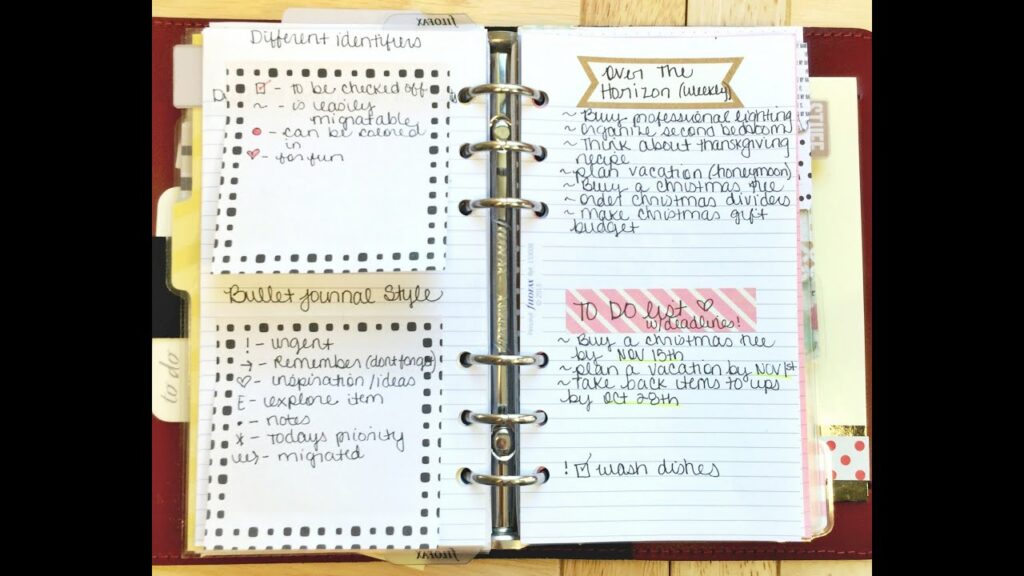How to create a to-do list

Creating a to-do list may seem like a simple task, but it can significantly enhance productivity, reduce stress, and provide a clear roadmap for accomplishing both short-term and long-term goals. Whether you’re a student juggling assignments, a professional managing projects, or someone organizing daily chores, an effective to-do list can be your best ally. This comprehensive guide will walk you through the process of creating a to-do list that maximizes efficiency and helps you stay on track.
Why Use a To-Do List?
1. Organization
A to-do list helps you organize tasks systematically, ensuring you don’t forget important duties and can allocate time effectively.
2. Focus
By outlining what needs to be done, a to-do list keeps you focused on your tasks and helps prevent distractions.
3. Motivation
Checking off completed tasks provides a sense of accomplishment and motivates you to continue working.
4. Stress Reduction
Knowing what needs to be done and having a plan to do it reduces anxiety and helps manage time better.
Types of To-Do Lists
1. Basic To-Do List
A simple list where tasks are listed in no particular order. Suitable for daily chores and errands.
2. Prioritized To-Do List
Tasks are ordered by importance or urgency. This helps in focusing on high-priority tasks first.
3. Project-Specific To-Do List
Used for managing tasks within a specific project, ensuring all project-related activities are tracked.
4. Digital To-Do List
Utilizes apps or software for managing tasks. These can offer features like reminders, collaboration, and integration with other tools.
Steps to Create an Effective To-Do List
Step 1: Brainstorming Tasks
Start by writing down all the tasks you need to accomplish. Don’t worry about the order or importance at this stage—just get everything out of your head and onto paper or into a digital document.
Step 2: Categorizing Tasks
Group similar tasks together. Categories might include work, personal, errands, and so on. This helps in managing different aspects of your life more efficiently.
Step 3: Prioritizing Tasks
Assign priority levels to each task. You can use a simple system like:
- High Priority: Must be done today
- Medium Priority: Should be done soon
- Low Priority: Can be done later
Alternatively, use a more detailed system like the Eisenhower Matrix, which categorizes tasks into:
- Urgent and Important
- Important but Not Urgent
- Urgent but Not Important
- Neither Urgent nor Important
Step 4: Setting Deadlines
Assign realistic deadlines to your tasks. Be mindful of your workload and avoid overcommitting. Break larger tasks into smaller, manageable sub-tasks with their own deadlines.
Step 5: Choosing a Format
Decide whether you prefer a paper-based or digital to-do list. Each has its advantages:
- Paper-Based: Tangible, distraction-free, and satisfying to check off tasks.
- Digital: Portable, customizable, and can include reminders and notifications.
Step 6: Using To-Do List Apps
If you choose a digital format, consider using to-do list apps. Popular options include:
- Todoist: Offers project management features and integrates with other tools.
- Microsoft To Do: Syncs with Microsoft 365 and has a simple, clean interface.
- Trello: Uses boards and cards for visual task management, great for team collaboration.
- Google Keep: Integrates with Google services and allows for quick note-taking and task management.
Step 7: Regular Review and Adjustment
Review your to-do list regularly—daily for short-term tasks and weekly for long-term goals. Adjust priorities and deadlines as needed, and be flexible in reassigning tasks based on new information or changing circumstances.
Tips for Maintaining an Effective To-Do List
1. Keep It Simple
Avoid overloading your list with too many tasks. Focus on what’s truly important and achievable within the given timeframe.
2. Be Specific
Clearly define each task. Instead of writing “Work on project,” specify “Research for project X for 2 hours.”
3. Use Action Words
Start each task with an action word to make it clear what needs to be done, such as “Call,” “Email,” “Write,” “Review.”
4. Limit the Number of Tasks
Aim to have no more than 5-7 high-priority tasks per day. This makes the list manageable and helps maintain focus.
5. Incorporate Breaks
Schedule breaks between tasks to avoid burnout. Use techniques like the Pomodoro Technique, which involves working for 25 minutes followed by a 5-minute break.
6. Stay Flexible
Life is unpredictable. Be ready to adjust your to-do list as new tasks come up or priorities shift.
7. Celebrate Achievements
Take time to acknowledge your progress. Celebrating small wins can boost morale and keep you motivated.
Common Mistakes to Avoid
1. Overloading the List
Trying to do too much in one day can lead to frustration and burnout. Be realistic about what you can achieve.
2. Lack of Prioritization
Without prioritization, you may end up working on low-impact tasks while ignoring critical ones.
3. Not Reviewing the List
Failing to review and update your to-do list can lead to outdated tasks and missed deadlines.
4. Being Too Rigid
While structure is important, being too rigid can lead to stress when unexpected events occur. Maintain flexibility.
5. Ignoring Completed Tasks
Regularly mark off completed tasks to see your progress. It’s motivating and provides a sense of accomplishment.
Advanced To-Do List Strategies
1. Time Blocking
Allocate specific time slots for different tasks or categories. This technique helps in managing time more effectively and ensures dedicated focus periods.
2. The 1-3-5 Rule
Structure your day by choosing 1 big task, 3 medium tasks, and 5 small tasks to focus on. This balances your workload and prevents overwhelm.
3. The Ivy Lee Method
At the end of each day, write down the six most important tasks you need to accomplish the next day. Prioritize them and work on them in order of importance.
4. Task Batching
Group similar tasks together and complete them in one go. This reduces context-switching and increases efficiency.
5. The Two-Minute Rule
If a task takes less than two minutes to complete, do it immediately. This prevents small tasks from piling up and cluttering your to-do list.
6. Use of Technology
Leverage technology to streamline your task management. Tools like automation software, calendar integrations, and voice assistants can help in managing your tasks more efficiently.
Conclusion
Creating and maintaining an effective to-do list is a skill that can significantly improve your productivity and reduce stress. By following the steps and tips outlined in this guide, you can develop a to-do list that suits your needs, helps you stay organized, and enables you to accomplish your goals efficiently. Remember, the key to a successful to-do list is simplicity, specificity, and regular review. Start today and experience the benefits of a well-organized, productive life.







